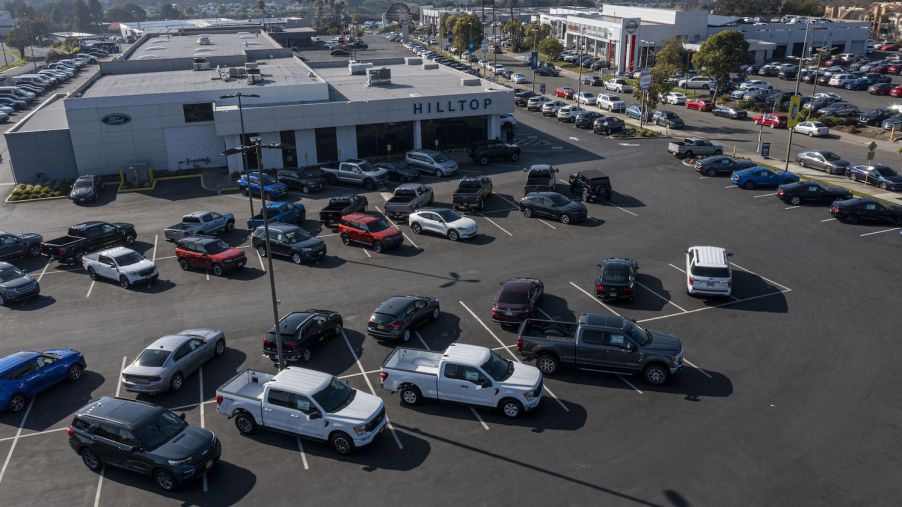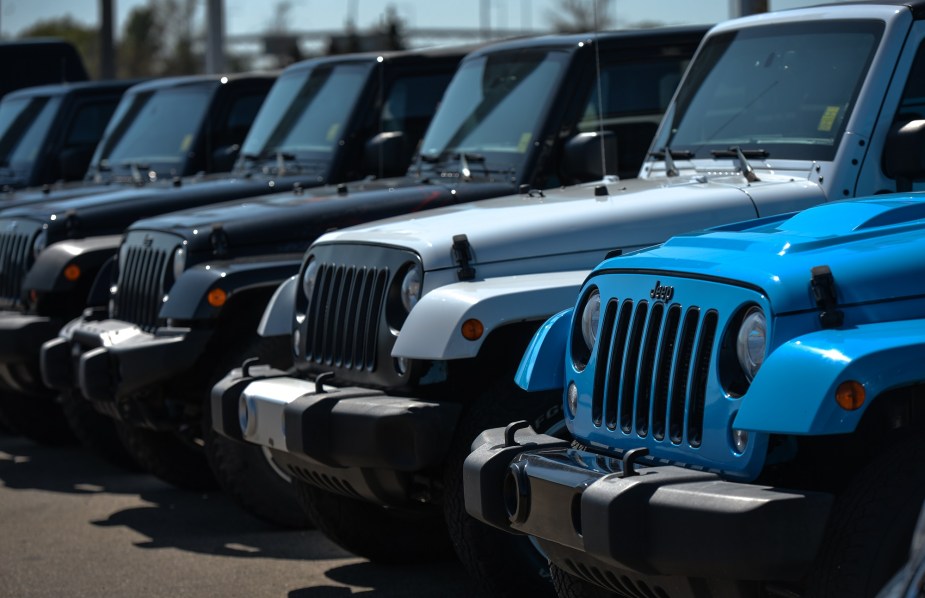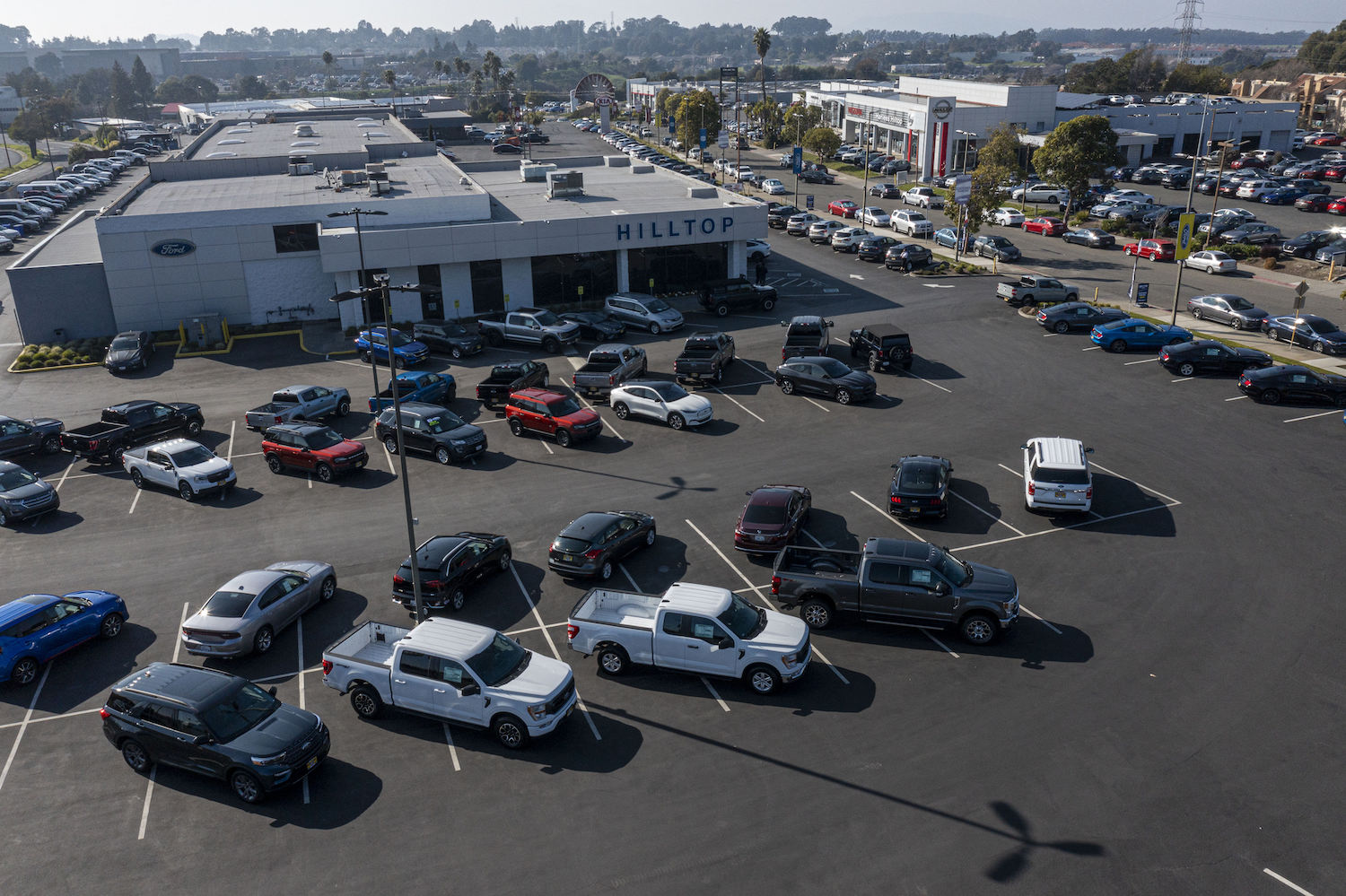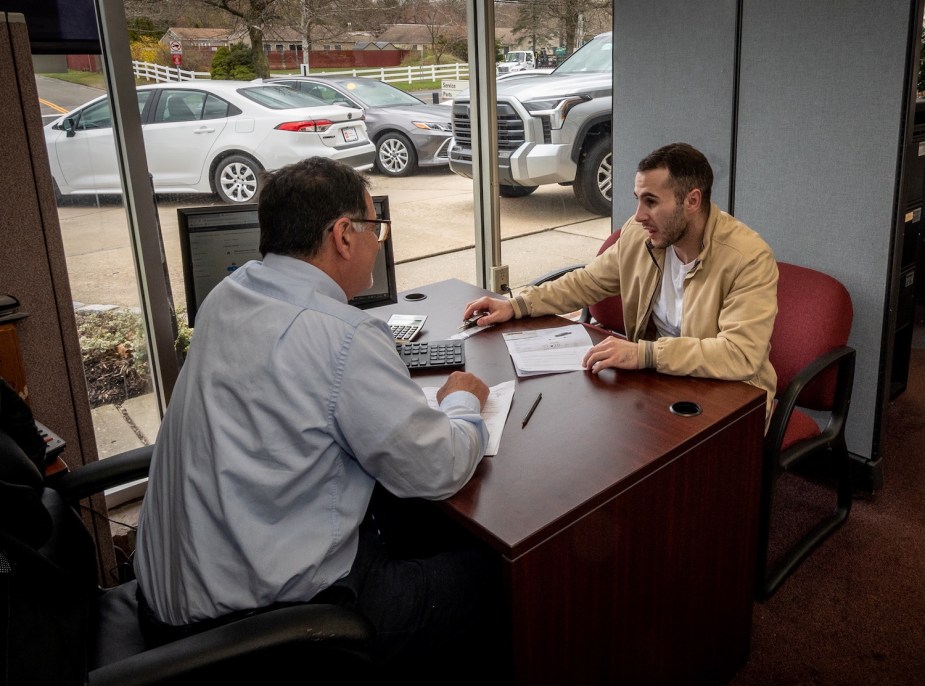
Is Dealership Inventory Still Impacted by the COVID-19 Quarantine of 2020?
Halfway through 2022, most car dealerships have a healthier vehicle inventory than they did this time last year. That said, average inventory is far from pre-pandemic levels—for a variety of reasons. The effects of this include long car buying waits and less choice for car buyers as well as upcharges or upsells by the dealership.
Have dealerships’ vehicle inventories recovered from the COVID-19 pandemic?

The COVID-19 pandemic led to a series of factory closures which impacted automobile manufacturers and their supply chains. As a result, dealership vehicle inventory plummeted. Though inventory is increasing, it has yet to bounce back fully. This has important ramifications for car buyers.
Consumer Reports recently covered the status of the new car market. The publication pointed out that increasing inventory and higher posted profits by car companies are giving many potential car buyers. But the fact is not as rosy.
There certainly are more cars on dealership lots than there were this time last year. That said, there are not nearly as many cars at dealerships as there were pre-COVID.
Some of the available cars actually suffer from feature deletes because of the global microchip shortage. The cars that do get the finite microchips are often premium vehicles, aimed at increasing automakers lagging bottom line.
If the quarantines are over, why haven’t auto manufacturers caught up?
Automakers and their suppliers struggled to keep up production during the worst of the COVID-19 pandemic. Whenever some factory workers got sick, these companies had to quarantine many other employees, cutting into production time. But catching up is harder than keeping up and other disasters have conspired to keep production low.

One of the worst bottlenecks for the automotive industry is the manufacture of the semiconductors integral to microchips. As new, feature-heavy cars require even more microchips, this problem is only going to get worse.
COVID-19 hammered the global semiconductor supply chains. Auto manufacturers even had to suspend some features to get half-finished cars out of the factory. For example, General Motors ceased offering heated seats for a few months.
But as the pandemic grew less severe, other disasters occurred. The Japanese factory that produces one third of the automotive industries semiconductors suffered a fire. Then the Suez Canal shut down starved other factories of important supplies. Finally Russia’s invasion of Ukraine completely cut the supply of certain elements necessary for microchip manufacturing.
As automakers have failed to replenish inventory, they have begun focusing on the production of their largest or most premium models. This effort to improve their bottom line, even with a limited supply of microchips, has actually proven effective.
Should you wait to buy a car?
Consumer Reports says don’t buy a car right now, if you can avoid it. This is far from a buyer’s market, and you have little bargaining power.

If you can afford to wait a year or more for your next car, it might be a good idea to put in a factory order right now. This way you get exactly the make, model, and configuration you want when production picks back up.
If you do need a car right now, you may be able to walk onto a dealer lot and buy one. But the new car market is far from a buyer’s market. Be ready to for a make and model that was not your first choice and don’t expect many financial incentives.
Even if your current car is broken, certain issues not worth fixing before the quarantine might make financial sense to have repaired in the car market of 2022.
Next, find out how the pandemic, weather, and war are conspiring to cripple car production for years to come.



